Problem description
n the beginning of November 2015 Polish Science Academy’s Oceanology Institute asked us to design an underwater camera purposed for the immersion in Spitsbergen’s waters.
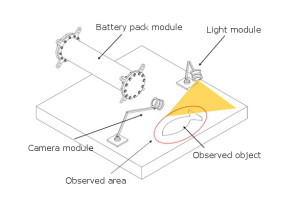
The camera’s objective is a year-long immersion and observation of benthos, animal organisms related to water environment, in cold waters of Spitsbergen, using time-lapse photography. A very important factor in this kind of project is the ability to handle the camera on the board of a ship. That’s the reason why Institute has contacted us – with need to design and build a device fulfilling all the requirements, while being simultaneously user-friendly.
We faced the challenge of creating a device capable of dealing with an extreme environment, tailored to all of the requirements.
Analysis
The first stage of our work was a background survey amid Institute’s employees; we had to gather an accurate data concerning the problem. That included getting information about destination environment, needed settings options and other demands the camera was to be placed on.
After the survey, there was a meeting in the Institute’s headquarters during which have we discussed the problems, made ourselves acquainted with additional study materials and set preliminary time frames.
The next stage on UC01’s creation path was a team brainstorm, resulting in ideas for system’s elements. The concepts were gathered, and the system was partitioned to subsystems – the responsibilities were dispensed among the team and two or three conceptions were chosen for each subsystem.

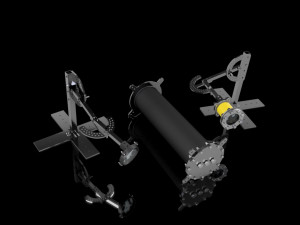
From that moment the members of the team worked on their own – they were preparing drafts of the subsystems and estimated the costs. The drafts were discussed by the whole team later on.
After determining the initial specification and sending it to the customer, TechOcean checked all possible unknowns. Fortunately there weren’t any.
After adding some corrections to the specification (reported by the Institute), everything was approved and the agreement was signed.
The end of December and whole January have passed on continuous meetings and parallel electronics and sealing tests, in order to have a working prototype by the beginning of February. Corrections to the project were being constantly implemented and by the mid-march the device was complete.
Solution
After four months of hard work we presented the UC01 to the Institute and met with very positive reaction; the product meets all the requirements – UC01 is able to work submerged in ocean water for a year without any service, in the temperature of -5*C (23*F) and the depth up to 100m (328ft).
What next? At the moment, further tests are being made. Soon the camera will be submerged in Baltic Sea. The next step will be a submersion in the destination point on Spitsbergen.
The UC01 is our first project made, based purely on external guidelines. The team’s interdisciplinary knowledge and good teamwork allowed us to avert many problems during camera’s design and assembly. The UC01 is fully watertight, we were also able to use new type of speculum and split the system into modules, further increasing the ease of handling.
Staying in permanent contact with the Oceanology Institute we are able to provide the on-going service as well as prospective upgrades before the mission that starts in July.
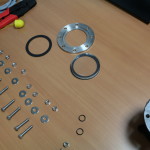
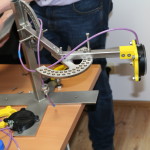
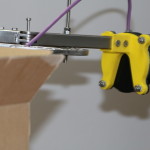
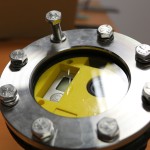
We designed camera for:
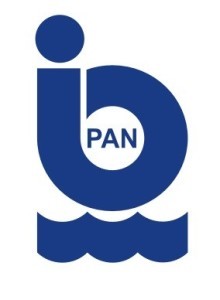
About: Department of Marine Ecology, Institute of Oceanology Polish Academy of Science:
The key competence and interest is marine biodiversity and its linkages to climate change. New directions of research are paleooceanography, food web analyses, chemical ecology, socioeconomy of goods and services provided by marine ecosystems. Among main scientific findings of the Department are:
- discovery and description of several marine species new to science;
- description of high Arctic littoral assemblages, and system of the coastal vulnerability assessment for oil spills;
- assessment of effects of environmental stress produced by glacial activity on the benthic communities in the Arctic fjords
- description of the consequences of Atlantic water inflow for pelagic food web in the Arctic;
- description of meiofauna role in the functioning of sandy beaches;
- use of the Foraminifera analyse for detection of local changes in Polar Front
- concept of biological valorization for Polish Marine Areas and publication of the first national Atlas of Sea Bed Habitats.
Summary
Client:
Institute of Oceanology, Polish Academy of Science
Stages:
Problem analysis, technical specification, concept design, mechanical & electronic design, prototype
Technologies/skills:
CAD design, 3D printing, sealings, power storage & managment
Status:
Prototype tests


